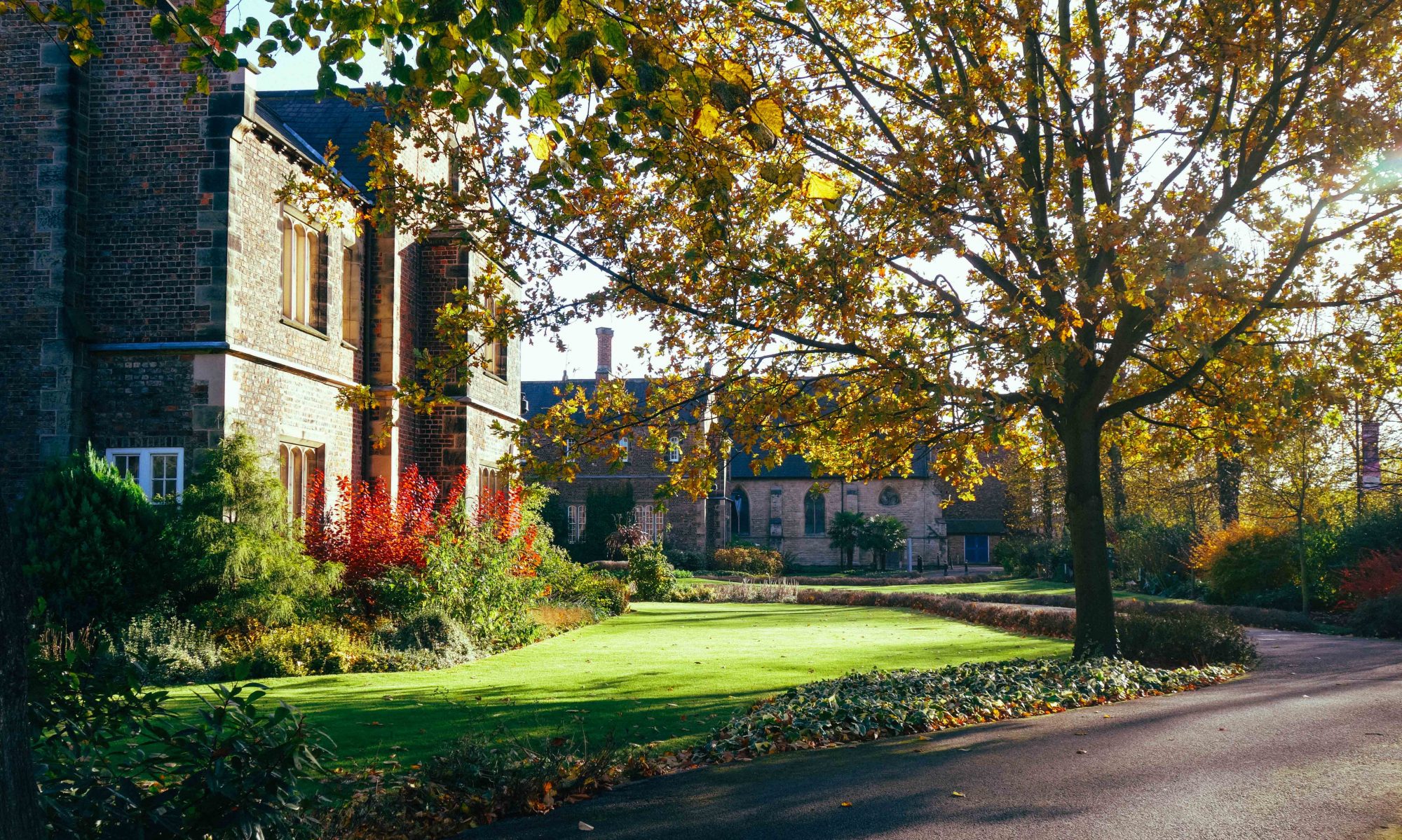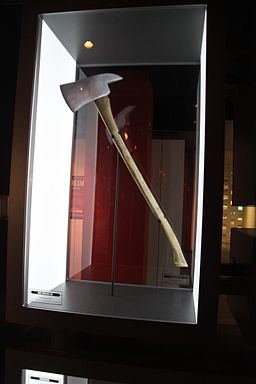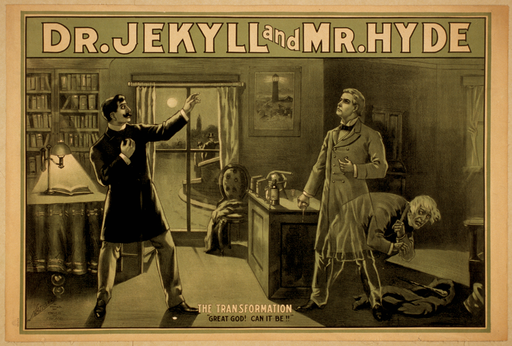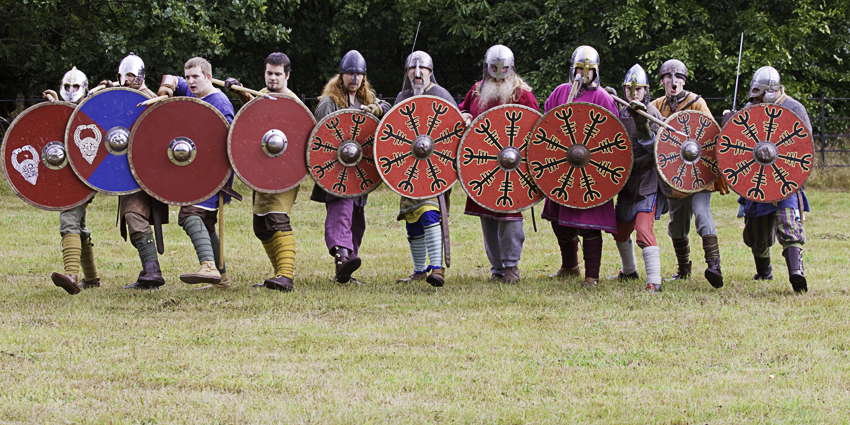By George Moss
Hot on the heels from multiple RSC visitors, two of the Royal Shakespeare Company’s most decorated actors Alex Waldmann and Pippa Nixon paid a valuable visit at York St John to unpack the evolution of Shakespeare’s King John and the true meaning of theatre.
Waldmann and Nixon met during the 2012 RSC production of King John at Stratford-upon-Avon’s Swan Theatre, directed by the magnificent Maria Aberg. The RSC’s plug for the play is that: “King John explores inheritance and illegitimacy and the subsequent political deals and struggle for power. It is one of Shakespeare’s least performed plays.” In retrieving the play from this obscurity, Waldmann starred as King John whilst Nixon performed as The Bastard, the two central characters.
Thanks @FionaThompson16 for supporting us to make @pipsnix & @WaldmannAlex cultural fellows @YorkStJohn We has an amazing day today. pic.twitter.com/E598Y200Nb
— Shakespeare @YSJ (@ShakespeareYSJ) 24 November 2016
Waldmann, Nixon and the rest of the company created their production from an enthusiastic foundation. Nixon found rehearsals compelling from the start, stating that the “rehearsal room was one of the most creative and brave spaces that I’ve certainly ever been involved in. That play [King John] was a big risk.” Risks and challenges are vital terms frequently found in an actor’s vocabulary, and it is the sense of risk that keeps a play feeling rejuvenated and fresh. After all, if Shakespeare himself was ‘creative’ and ‘brave’ in the writing of his work, then surely the best way to honour this is by following suit. Rather than striving to re-create past performances or simply adding another familiar iteration, the company rightly wanted to add another link in a four hundred year-old chain. As King John is rarely performed, the cast’s previous exposure to the text was limited. Waldmann himself readily confessed that, “I didn’t really get the play [King John], it’s one of his [Shakespeare’s] least familiar plays […] it didn’t really make any sense to me”, a shaky start for a lead actor. Nixon similarly added that, “I didn’t know anything about King John. I’d never seen it, never read it.” This is what fueled the creativity of the aforementioned creative rehearsals, putting a face on the unknown. The ingenuity of the company allowed the production to transform from a place of skepticism and mild dissatisfaction to a natural evolution of King John, a fresh creation. Nixon spoke of director Maria Aberg’s own perspective: “she found it quite impenetrable I think, and for her, making The Bastard a female character and having this particular relationship with King John, and conflating Hubert with The Bastard, sort of made sense for her.” This genius change in the character propelled the production into uncharted territory. Distancing their production from preconceived parameters, their King John began to breathe a life of its own. This is something that Waldmann reaffirmed in a moment of realisation: “All of a sudden the play came to life to me, and made sense, and it all felt that it centered around this intense, destructive complex relationship between King John and The Bastard. Whereas in the original play you get to see these two people at the beginning and at the end, and in the middle their relationship disappears. So suddenly the play made sense to me.” Not only did they unearth a sense of a more linear narrative, but the play was rooted deeper in a vividly intelligible exploration of relationships. Both Waldmann and Nixon still rank this piece and their efforts as ones they are extremely proud of, and with very good reason.
A long queue of @YSJLit students waiting to have a picture with @WaldmannAlex at today’s @ShakespeareYSJ event. pic.twitter.com/8YfQecoWUI
— Dr Adam James Smith (@elementaladam) 24 November 2016
Not only were the gender paradigms shifted, but the duo’s approach to Shakespeare’s language was also insightful. Where does language end and the character begin? Do they intersect? Is language always reliable? These are questions which layer any production with depth and complexity. Waldmann explained his observation that: “people get obsessed by the words, but often we say the opposite of what we feel […] the language betrays what we’re really feeling […] you’ve got this template, and it’s about finding a way of bringing those words to life.” Though Shakespeare’s mastery of language is often heralded, it would be fair to say that his language has become an entity of its own. As Shakespeare continues to be adapted, Shakespeare’s words are difficult to comprehend to the uninitiated, and deeper meanings are difficult to discover. To combat this, language must not be a confinement to character, but a sandbox to play in. Pippa Nixon spoke about this in great length, stating, “to have the modern meet the classical is great, because I always found there was a slight veil between speaking ‘it’ and feeling ‘it’ and suddenly with The Bastard, because we did so much detailed work about who these people are, the character starts coming alive so much that the text is just a way to access that character […] And that got brought into As You Like It completely, then Ophelia in Hamlet and then it’s gone on to Ariel in The Tempest. It feels like that work had unlocked something, it unlocked this reverence to Shakespeare’s texts and it’s incredibly elastic, you can stretch it and pull it and throw it across the room.” Shakespeare is often thought to be on an untouchable pedestal; that the only way to understand him is through an enormous supply of ‘highbrow’ intellect. But this is not the case at all: you simply need to be in touch with your humanity.
“people miss the excitement and the danger of the stories”
Shakespeare’s plays are in large part studies on the human condition. Do academic dissections eclipse all the fun? Waldmann seemed to think so to an extent, stating that “people miss the excitement and the danger of the stories” when the mechanics of a text override the thematic essence. Expectations invade the sense of wonder, of spontaneity and creativity that the theatre strives to fuel. Waldmann notes that, when it comes to accessibility, companies are “trying, but part of it is to do with the performance style, where ‘I don’t really understand what you’re saying, and you’re not a human being, so I don’t really care – I’d rather go and watch something modern, a telly programme.'” It seems from here there is only one way to go, and that is to update the tactics of putting on a show. Shakespeare interrogated the sociopolitical climate of his own era, and it is now time to adapt his work to fit within our own understanding of our world. Nixon shared this sentiment, that some Shakespeare productions today are: “not feeling like it’s evolving and going to more exciting spaces and places”, and this presents a ceiling that can only be shattered by the creative industry. After all, as Waldmann concurred, the theatre is not a museum, but an arena of innovation.
Shakespeare is for all, not only to be studied rigorously by select few, but also to serve its most basic, original purpose: to entertain everybody. Waldmann and Nixon carry this torch high and proud, and it pays off in their audience feedback, according to Waldmann. After a Saturday Matinee performance, Waldmann was beckoned over by a heavily tattooed man from Salford. “I was like oh god, this is it, I am gonna get beaten up before tonight’s show. He said he was from Salford and got dragged down [to the play] by his in-laws and had never been to the theatre before. He said, ‘I didn’t really understand what you’re saying all the time, but I fucking loved that’. And it meant more than any peers saying that.”
Through the fundamental decency of Alex Waldmann and Pippa Nixon, the inherent creativity and humanity of the theatre will seldom be forgotten. Shakespeare would surely approve.







 sexualised roles that haven’t changed all that drastically considering recent controversy over Black Widow toys being left out of Avengers sales, and Wonder Woman’s poor depiction in Batman vs Superman.
sexualised roles that haven’t changed all that drastically considering recent controversy over Black Widow toys being left out of Avengers sales, and Wonder Woman’s poor depiction in Batman vs Superman.














